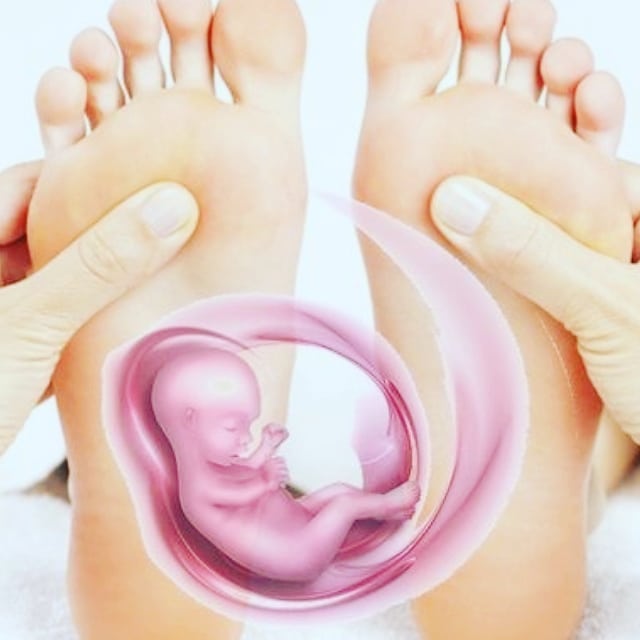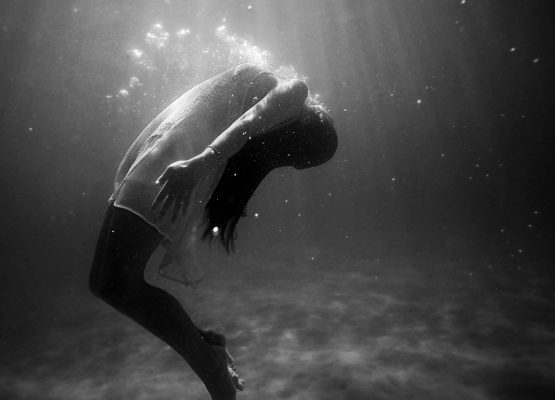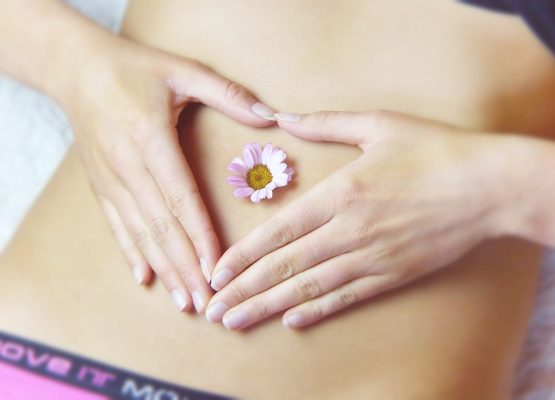
Nowadays many women would like to labour without using drugs such as narcotics or epidurals, and are interested in complementary therapies to help them manage the pain of labour.
Reflexology is an ancient treatment method, an extremely effective form of therapeutic massage, which works by applying pressure to specific reflex points on the legs, hands and ears. It is a non-invasive and non-medication method of pain relief.
Based on a belt and reflector system, it is mainly applied to the soles and the back of the legs, where the so-called “reflex points” are more prominent and reflect a whole body image (including the muscles, nerves, gland and bone ) in exactly the same order and position as in the body. Throughout the surface of the legs, hands, ears and other parts of the body there are signs that each correspond to a particular organ or a specific area of the body. These points are called Reflection Points.
The toes of our feet have been identified to date, 7,200 nerve endings, which are connected through the spine and the brain, with all the body parts.
Regular reflexology can help restore balance and prepare the body to adapt to these changes. It can make women feel better and happier during their pregnancy. It improves their health and wellbeing and can provide a beneficial and relaxing environment for both these and the fetus. Reflexology has been used during pregnancy to treat various physiological problems such as nausea and vomiting, constipation, edema, fatigue.
Motha and McGrath in a survey noted that the effects of reflexology on the results of childbirth were considered extremely well, and the two physical symptoms experienced by pregnant mothers and the duration of childbirth diminished. Women aged 20-25 had an average duration of the first stage of delivery for 5 or 6 hours. Also, women aged 26-30 years seemed to have a longer-term delivery. In total, the average duration of the first stage was 5 hours, the second stage for 16 minutes, and the third stage 7 minutes. This compared with the data was 16 to 24 hours after the first stage, and, 1 to 2 hours from the second stage. Midwives usually use pressure to relieve the pain of labor. The pressure is exercised with the tip of their hand, with their thumbs and fingers, with the punch, tennis balls or towels. Various points can be used until one finds that each mother will feel better.
During the period of pregnancy, reflexology with special pressures:
- It strengthens the endocrine system that produces hormones.
- It keeps the iron in the body well and strengthens the circulatory system.
- It helps the body to avoid constipation, which is probably created by supplements, medicines or even by the body.
- Strengthens the uterus so that at the time of birth the impetus becomes easy.
- Strengthens the perineum so as to avoid tearing it.
- Strengthens the chest glands.
- Eliminates swelling that may be created on the foot and decongests the soles of swelling.
Reflexology pressures may help women cope with pain in labour and may give them a better birth experience, and warm packs and thermal methods may help with pain. The importance of the psychological state of the individual has a primary role for the balanced functioning of his physical being. The reflexology that it offers to the body is the balance and harmony of the fields of the human body.


